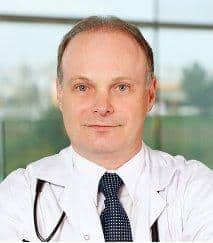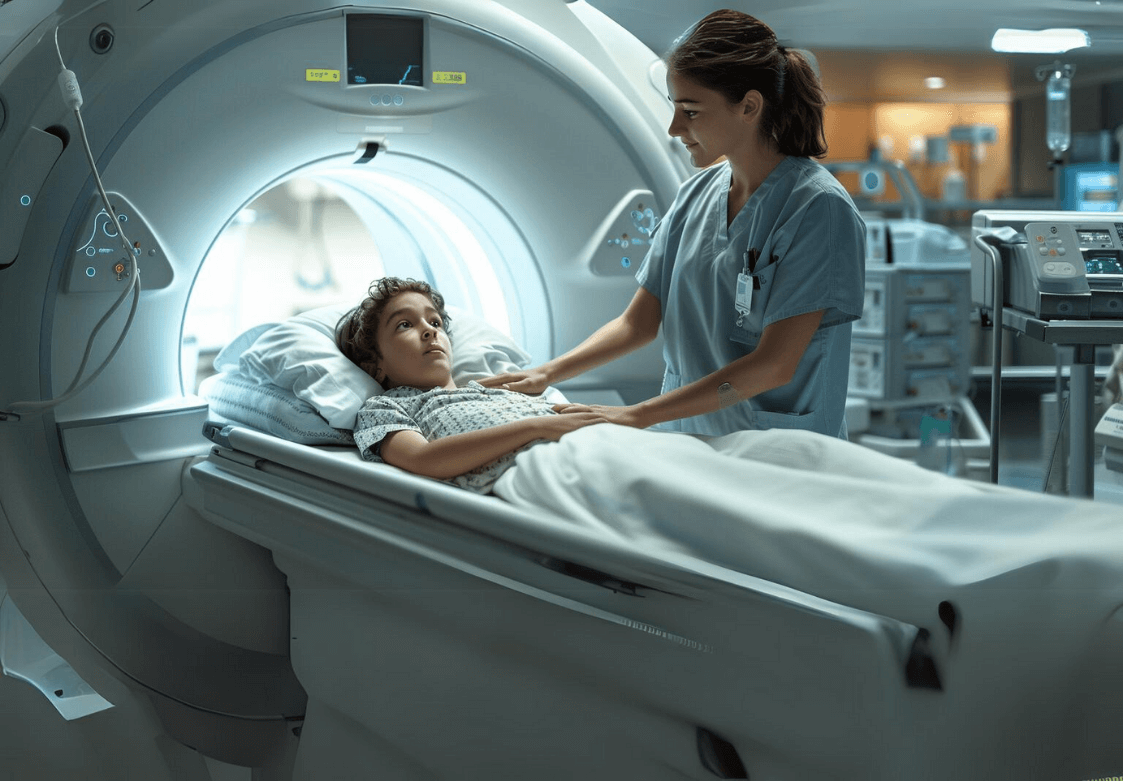Patients evaluated at the Unit for Quick Clarification of Chest Pain at Sheba Medical Center benefit from much lower heart attack risks compared to patients seen in traditional Internal Medicine Departments.
Heart attack, or myocardial infarction, is the leading cause of death among adults in the United States, according to the CDC. Chest pain is a common sign of a heart attack, and this symptom sends about 7 million Americans and 250,000 Israelis to emergency rooms every year. However, approximately three-quarters of these visits do not require hospitalization, as chest pain may also be indicative of relatively benign problems, like acid reflux or indigestion.
For the remaining 25% of ER visits due to chest pain, the issue may be serious – such as a heart attack, aortic rupture, or pulmonary embolism.

When further investigation of is warranted, patients are typically sent to the Internal Medicine Department. There, patients may be observed for up to three days and undergo diagnostics such as echocardiography or cardiac catheterization.
Only 0.3% of Patients Suffered a Heart Attack after Discharge
For the last decade, the Unit for Quick Clarification of Chest Pain at Sheba Medical Center has been providing rapid diagnoses of chest pain. So far, over 14,000 patients have benefited from treatment at the Unit. In fact, data demonstrates that patients evaluated in the Unit had 10 times less risk of suffering a heart attack after discharge versus patients treated in the ER or Internal Medicine Department. Specifically, 0.3% of patients seen in the Chest Pain Unit experienced a heart attack after release. This rate was 3.2% for patients that were treated in Internal Medicine Departments.
Furthermore, the Unit saw three times fewer repeat patient hospitalizations, with virtually all patients treated in the unit – 98% – receiving a final diagnosis of their medical issue. This compares extremely favorably to the 20% of patients in the Internal Medicine Departments who had a conclusive diagnosis.
Cost Savings while Maintaining Medical Excellence
Rapid diagnosis and treatments carry cost benefits as well. In fact, the average hospitalization cost in the Chest Pain Unit is $2,510, compared to $2,703 in the Internal Medicine Department. Additionally, the low rate of rehospitalization provides cost savings. A definitive diagnosis also leads to fewer subsequent tests after discharge, meaning fewer days off work for patients.
Fast Care Saves Lives
Patients experiencing chest pain are transferred to this specialized unit for 8-12 hours, during which time echocardiograms and cardiac enzyme tests are performed in order to determine if the patient has had a heart attack. Additional tests such as cardiac catheterizations may be needed to diagnose and treat blockages or narrowing of the coronary arteries, major blood vessels near the heart. These tests are necessary to ensure that the patient is at low risk for a heart attack after they are discharged.

Prof. Shlomi Matetzky, the director of Sheba’s Cardiology Unit, explains the need for swift and conclusive diagnosis of chest pain, “Chest pain is seemingly a boring subject, but it is a sign of the most dangerous and malignant diseases, and treatment and diagnosis are life-saving. In the end, 75 percent of patients are discharged, so we as doctors have a major diagnostic challenge that requires a skilled system that can quickly identify the patients who need urgent treatment – those patients suffering from a heart attack or other life-threatening event.”
Chest pains are no medical issues to ignore as they can result in heart attacks, aortic ruptures and other serious issues.
Contact Sheba Medical Center for a consultation about a possible chest pain diagnosis today.




